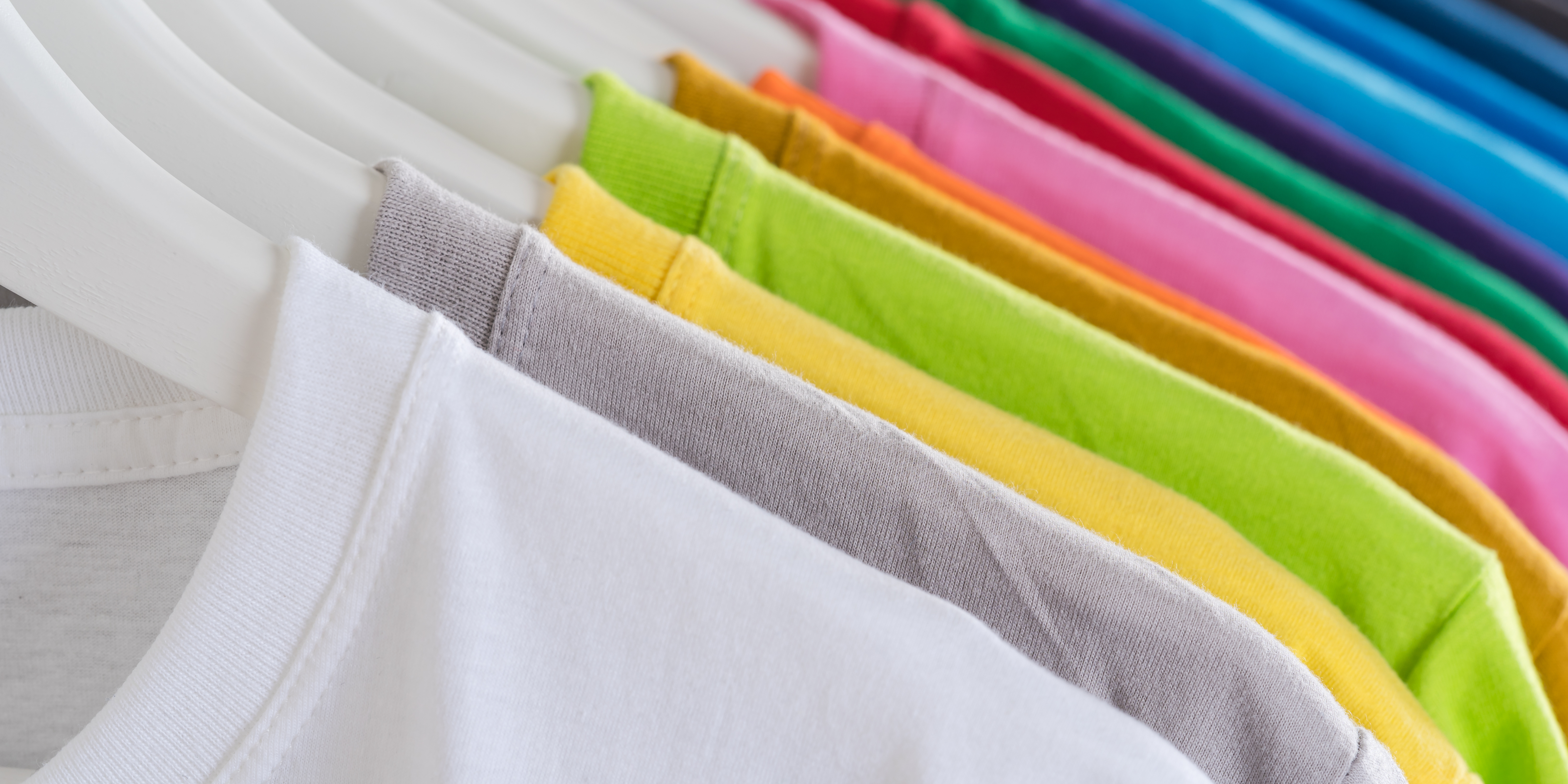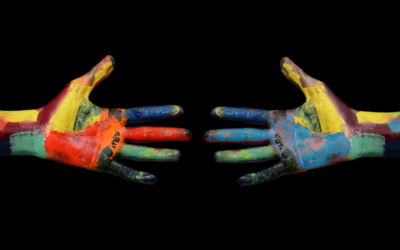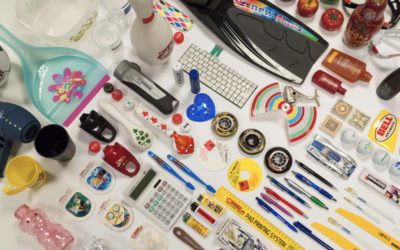Federal law requires that all apparel sold in the United States have a label detailing the item’s fiber content, country of origin, manufacturer name, and care instructions. Sure, that information can be useful and helpful. But for many of us, the tags on which that information is printed often seem more trouble than they’re worth. They can be itchy, irritating, and hell-bent on popping out from hiding behind a collar or waistband.
Tag-less labels solve this problem by stamping or printing the required information directly onto the fabric, eliminating the need for loose, itchy tags.
Many garment manufacturers are moving away from the traditional sewn-in tags in favor of tag-less printing. Not only are tag-less garments much more comfortable to wear, but they also lower manufacturing costs because they use fewer materials and require fewer steps in the production process.
It’s a win-win for both the companies that make the clothes and the people who wear them!
What’s the process for making tag-less garments?
We recommend using pad printing to add tag-less labels to garments. Pad printing is kind of like a giant rubber stamp, but it works like this: Your desired text or design is first etched into a metal plate. Ink is rolled onto the etched design and a flexible silicon pad is pressed into the plate, transferring the image onto the pad. Then the pad stamps the image onto the fabric.
Voilà!
The result is a soft, smoothly printed label that stretches with the fabric, so it doesn’t crack, chip away, or distort over time from wear or washing.
Say “goodbye” to scratchy, itchy sewn-in tags by switching to tag-less labels.
Could I use other printing methods for tag-less labels?
Sure, you could—but you shouldn’t, especially if comfort and performance are priorities. Using screen printing or sublimation printing for tag-less labels won’t yield the same high-quality results.
Let us explain …
With screen printing, the ink needs time to dry before it can be handled or packaged. Additionally, because the screen printing process tends to use more ink, the finished design can often be stiff and rough against the skin. With pad printing, you can achieve soft, crack-resistant labels that dry quickly and can be handled immediately.
Dye sublimation printing is another option for creating tag-less labels, but the process requires more steps and equipment than pad printing. Dye sublimation works by first printing your desired text or image on a special type of paper. That paper is then placed on top of the fabric and treated with heat to transfer and bind the ink to the fibers of the fabric. The more steps needed to create a garment, the higher the costs.
Another challenge with dye sublimating tag-less labels is that sublimation only works with polyester and poly-blend fabrics. Even with polyester garments, however, sublimating tag-less labels isn’t always a good option. Let’s say you sublimated a pattern or design onto the fabric used for the outside of a high-end, custom-made, polyester jersey, using an ink like Texa Jet DX-STE. If you use sublimation to apply a tag-less label to the jersey, the heat needed to transfer the image onto the inside of the jersey can lift or fade the color on the exterior. With pad printing, this is never a concern.
What inks should I use for tag-less printing?
Traditionally, pad printing uses solvent-based inks, which provide excellent color and high performance. However, standard solvent-based inks contain high levels of VOCs, which are harmful not only to the environment, but also pose a variety of health risks with prolonged exposure. This becomes a significant concern when you consider using solvent-based inks for products, like clothing, that come in close contact with skin.
At Marabu, we knew we could do better. So we created an alternative that performs just as well as the traditional solvent-based inks but is much safer and better for the environment. MaquaPad MAP is the first (and only) water-based pad printing ink that meets all the safety requirements of the textile industry. It has low VOC emissions and is virtually odorless, which means it’s better for both the people manufacturing and those wearing your products.
MaquaPad MAP ink is ideal for tag-less printing because it dries instantly, offers excellent opacity, holds up beautifully to washing, and won’t crack or flake over time. Not only can you formulate it to match virtually any color, but you can also use it with any type of fabric, including polyester, cotton, pleather, coated fabrics, and stretch fabrics.
Marabu’s MaquaPad MAP ink offers the safety, comfort, and durability needed
for any tag-less printing project.
What kinds of garments can I use tag-less printing on?
T-shirts, jerseys and other sports wear, undergarments, uniforms, socks, you name it! You can create tag-less labels on any type of fabric or material—if you use the right ink.
Marabu offers a range of high-performance inks to meet all your printing needs, including tag-less printing. Not sure about how to get started? Our Marabu Gurus are your resource for everything from selecting the right ink for your project, to color matching, to correctly configuring ink with your printers. Contact us to speak with one of our experts today. You can receive more printing tips here.




